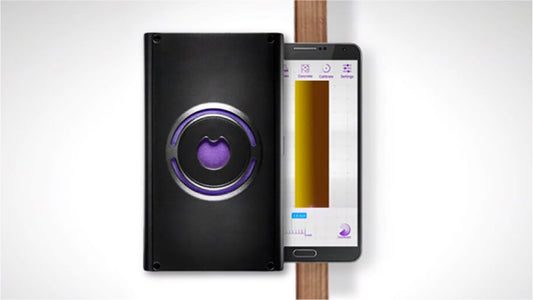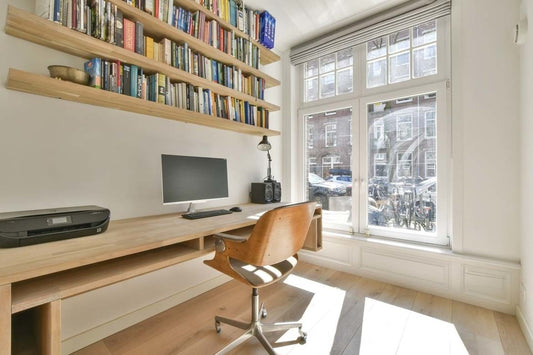Mounting a pull-up bar on drywall can be challenging, as it needs to support significant weight and force. Ensuring a secure installation is crucial for safety and to prevent damage to your walls. This guide will walk you through the steps to mount a pull-up bar on drywall and address common related questions.
Benefits of a Wall-Mounted Pull-Up Bar
A wall-mounted pull-up bar offers a convenient and effective way to perform upper body exercises at home. It saves floor space and provides a stable platform for various workouts, including pull-ups, chin-ups, and leg raises.
Tools and Materials Needed:
- Walabot stud finder
- Measuring tape
- Level
- Pencil
- Drill and drill bits
- Screws and heavy-duty wall anchors or toggle bolts
- Mounting brackets for the pull-up bar
- Screwdriver
- Safety goggles and gloves
Step-by-Step Guide to Mounting a Pull-Up Bar on Drywall
Preparation:
- Choosing the Location:
- Select a location that offers enough space for you to perform exercises comfortably. Ensure the area is free from obstructions and provides sufficient clearance above and below the bar.
- Gathering Tools and Materials:
- Collect all necessary tools and materials, including the pull-up bar kit, screws, and heavy-duty wall anchors.
Ensuring Secure Installation:
- Using a Walabot Stud Finder:
- Use the Walabot stud finder to locate studs behind the drywall. Mark the stud positions with a pencil for secure anchoring.
- Measuring and Marking:
- Measure the height where you want to install the pull-up bar. Typically, a height of 7-8 feet from the floor is recommended. Use a level to mark the installation points on the wall for the brackets.
Installing the Pull-Up Bar:
- Drilling Pilot Holes:
- Drill small pilot holes at the marked points. If you are drilling into studs, use a smaller drill bit. If you are using heavy-duty wall anchors or toggle bolts, drill holes slightly larger than the anchor size.
- Installing Wall Anchors or Toggle Bolts:
- Insert heavy-duty wall anchors or toggle bolts into the drilled holes if you are not drilling directly into studs. These will provide additional support for the pull-up bar.
- Mounting the Brackets:
- Attach the pull-up bar mounting brackets to the wall using screws. Ensure they are securely fastened to the studs or wall anchors and use a level to verify they are straight.
- Attaching the Pull-Up Bar:
-
Secure the pull-up bar to the mounting brackets according to the manufacturer's instructions. Ensure all screws and bolts are tight, and the bar is stable and level.

FAQ Section
Can you mount a pullup bar on drywall? Yes, you can mount a pull-up bar on drywall. However, it is essential to use heavy-duty wall anchors or toggle bolts and secure the brackets to studs for added stability and safety.
Can my wall hold a pull-up bar? Your wall can hold a pull-up bar if it is properly secured to studs or supported with heavy-duty wall anchors. The integrity of the wall and the weight rating of the anchors are crucial factors to consider.
Can you install a pull-up bar without screws? Installing a pull-up bar without screws is not recommended for drywall, as it will not provide sufficient support. Wall-mounted pull-up bars should be securely fastened with screws to ensure safety.
Are pull-up bars safe for walls? Pull-up bars are safe for walls if properly installed. Ensure the brackets are securely fastened to studs or supported with heavy-duty anchors to prevent damage to the wall and ensure user safety.
Tips for a Secure Installation:
- Use a Level:
- Always use a level to ensure your pull-up bar is straight. This prevents uneven load distribution and potential injuries.
- Check Weight Limits:
- Verify the weight limit of your wall anchors and mounting brackets. Avoid overloading the pull-up bar to prevent damage to the wall and ensure safety.
- Distribute Weight Evenly:
- Distribute your weight evenly across the pull-up bar to avoid putting too much stress on one side, which can cause instability.




